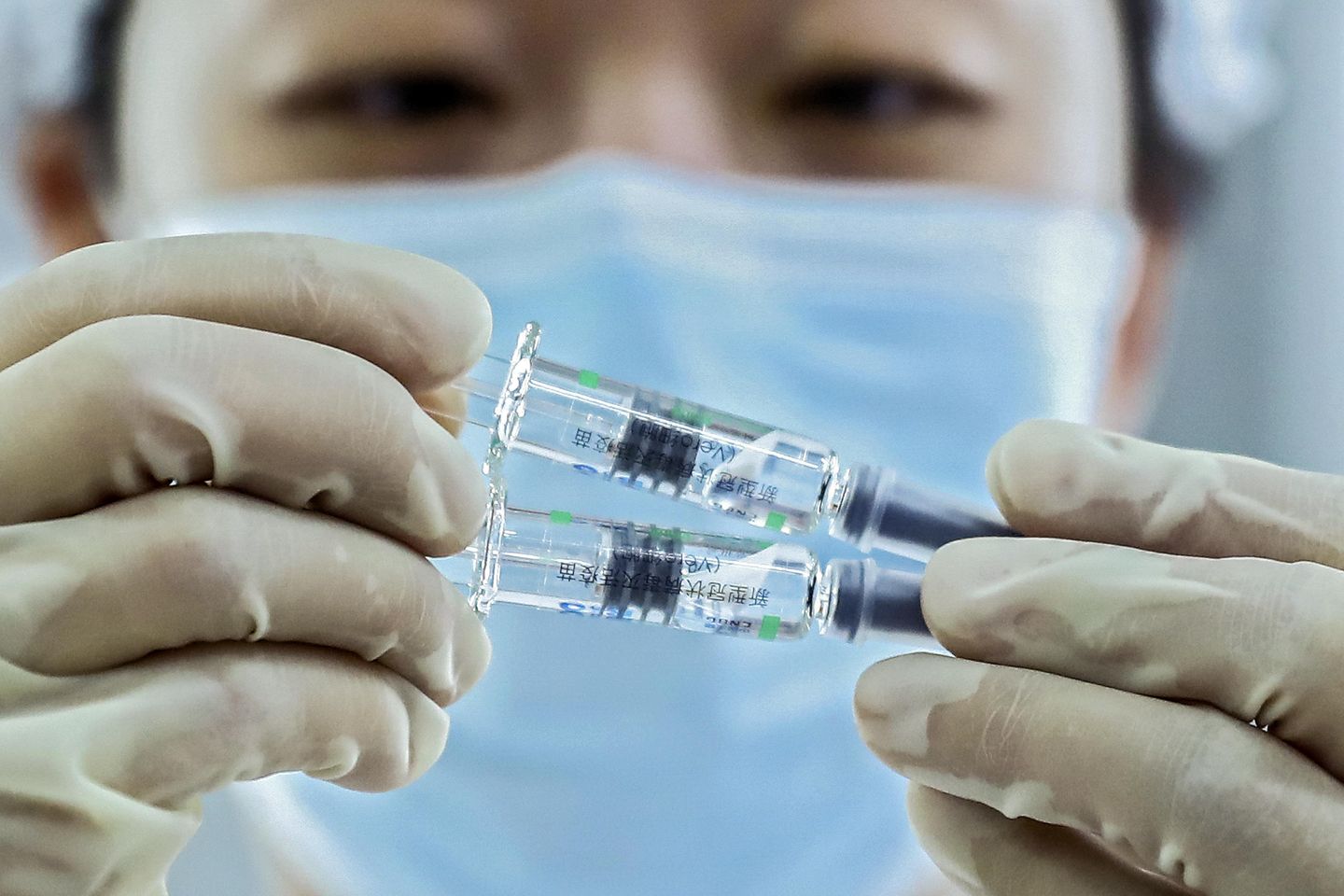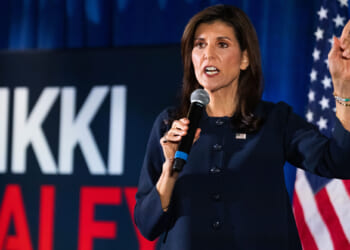
U.S. intelligence officials have issued a stark warning that China is utilizing artificial intelligence to accelerate its biological weapons research, raising serious concerns about an emerging technological arms race. Here’s what you need to know about this significant development:
The intelligence assessment
U.S. officials present concerning findings:
- China allegedly using AI to enhance biological weapons capabilities
- Advanced computing analyzing pathogen characteristics
- Machine learning optimizing virulence and transmissibility
- Dual-use research blurring civilian and military boundaries
- Programs operating under civilian biodefense cover
- Intelligence assessment based on multiple sources
- Classified briefings provided to congressional committees
The technological dimension
AI applications raise unique biological threats:
- Computational biology accelerating pathogen development
- Genetic engineering techniques enhanced by machine learning
- Traditional development timelines dramatically compressed
- Simulation capabilities replacing physical experimentation
- Natural constraints potentially circumvented
- Detection and attribution increasingly difficult
- Defensive countermeasures lagging behind offensive capabilities
The Chinese response
Beijing strongly disputes allegations:
- Official denial of biological weapons program
- Claims research entirely focused on defensive measures
- Accusations characterized as “Cold War mentality”
- Counter-allegations of U.S. bioweapons development
- Invitation for international inspection of facilities
- Scientific publications cited as evidence of transparency
- Calls for AI arms control negotiations
The treaty implications
Developments potentially violate international agreements:
- Biological Weapons Convention prohibits offensive programs
- China signatory to treaty banning bioweapons
- Verification mechanisms limited under current framework
- Dual-use research complicating compliance assessment
- International oversight mechanisms inadequate for AI era
- Technological advances outpacing diplomatic frameworks
- Treaty modernization discussions stalled for decades
The security concerns
Multiple dimensions worry U.S. officials:
- Potentially pandemic-capable pathogens under development
- Attribution challenges in biological attacks
- Defensive measures difficult to deploy rapidly
- AI allowing exploration of novel biological pathways
- Customized pathogens targeting specific populations
- Potential for accidental releases during research
- Proliferation risks to non-state actors
The verification challenges
Monitoring faces unprecedented difficulties:
- Biological research inherently dual-use
- AI development largely software-based and concealable
- Physical footprint of research facilities shrinking
- Commercial technology increasingly capable
- Legitimate pharmaceutical research using similar methods
- Remote sensing limited for biological programs
- International inspection regime inadequate
The diplomatic impact
Accusations affecting broader relations:
- Biological weapons allegations intensifying U.S.-China tensions
- International allies being briefed on intelligence
- United Nations mechanisms being engaged
- Scientific cooperation restrictions expanding
- Export controls on AI technology tightening
- Academic and research collaborations under scrutiny
- Multinational companies caught between competing demands
What happens next
Several key developments are anticipated:
- United Nations Security Council potentially examining evidence
- Additional intelligence declassification likely
- International scientific community response forming
- Biological Weapons Convention review conference approaching
- Export control regimes potentially expanding
- Defensive biomedical countermeasures accelerating
- Congressional hearings examining biosecurity preparedness
Read more:
• U.S. says China using AI to boost biological weapons research
This article is written with the assistance of generative artificial intelligence based solely on Washington Times original reporting and wire services. For more information, please read our AI policy or contact Ann Wog, Managing Editor for Digital, at awog@washingtontimes.com
The Washington Times AI Ethics Newsroom Committee can be reached at aispotlight@washingtontimes.com.












